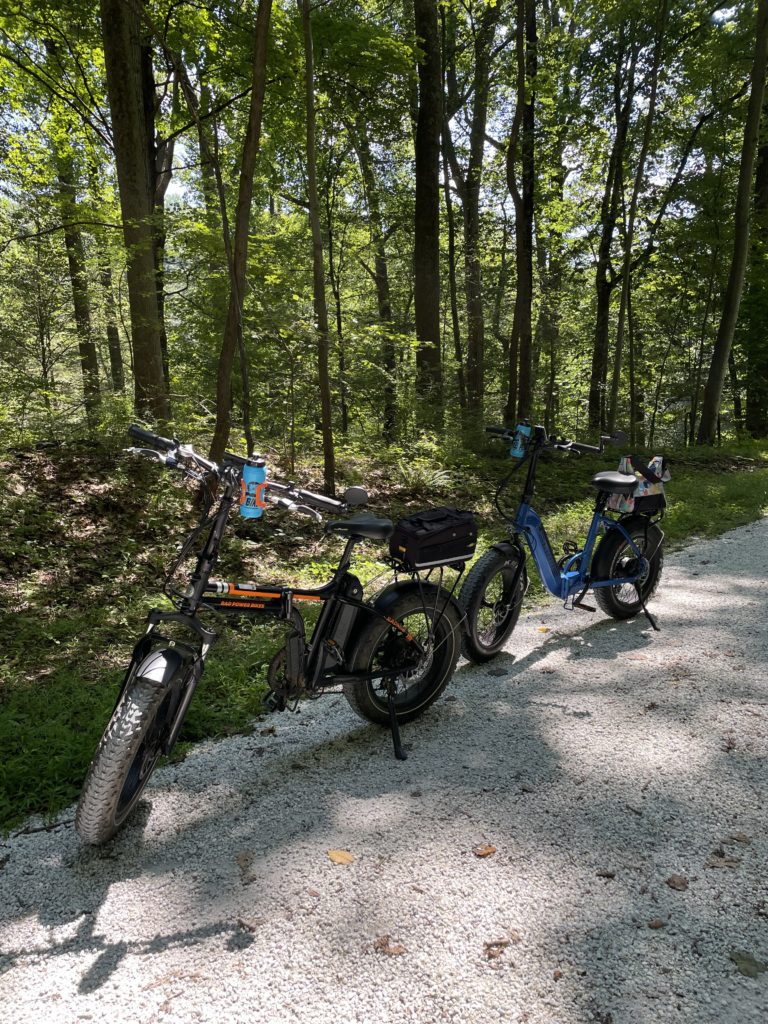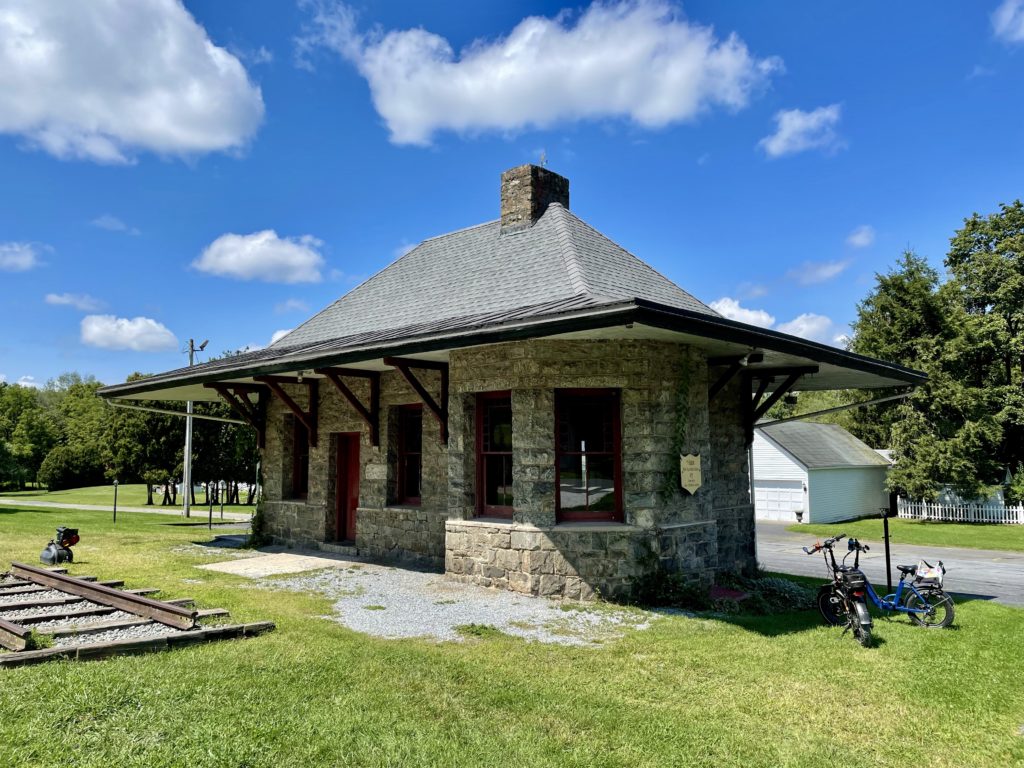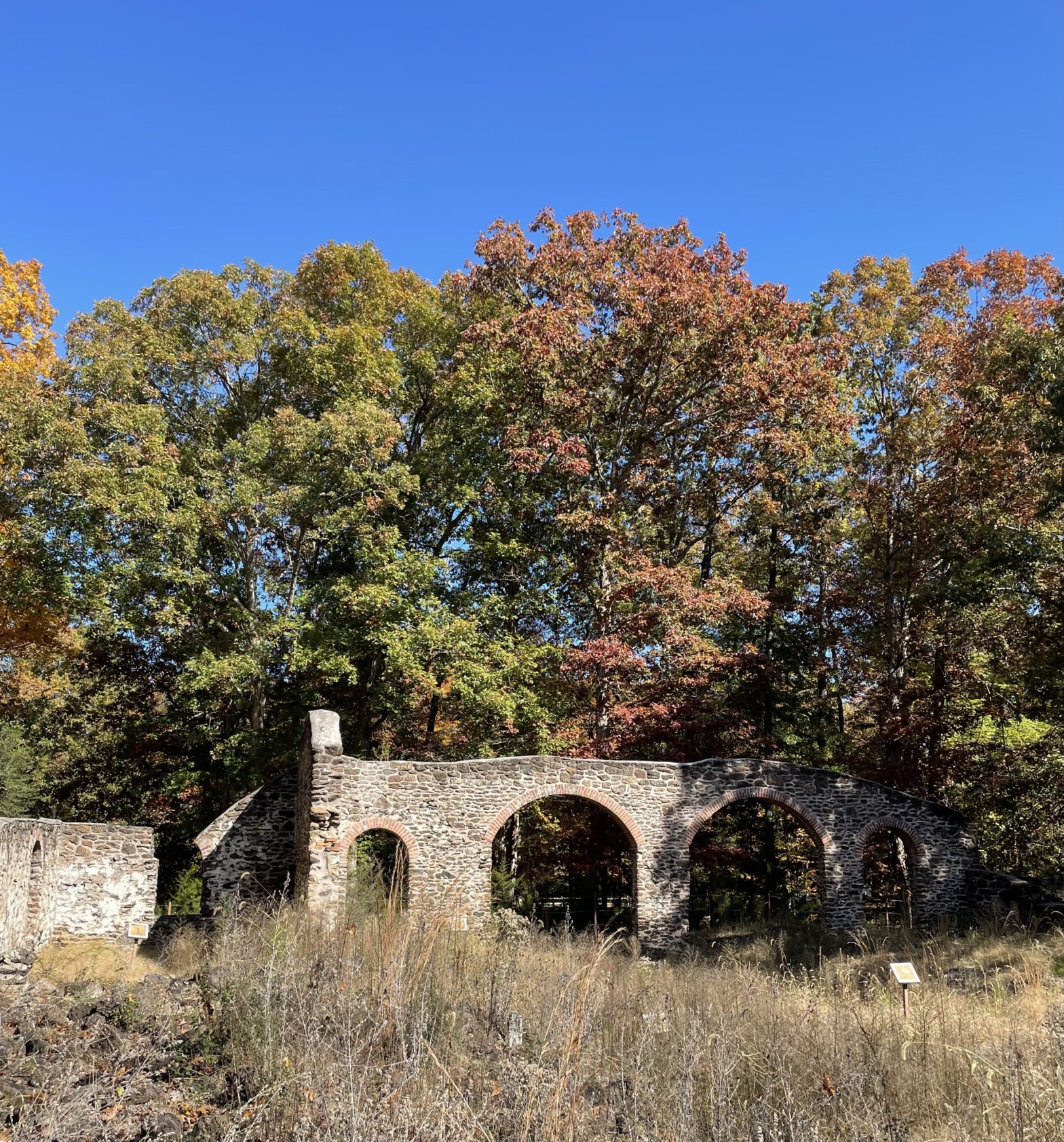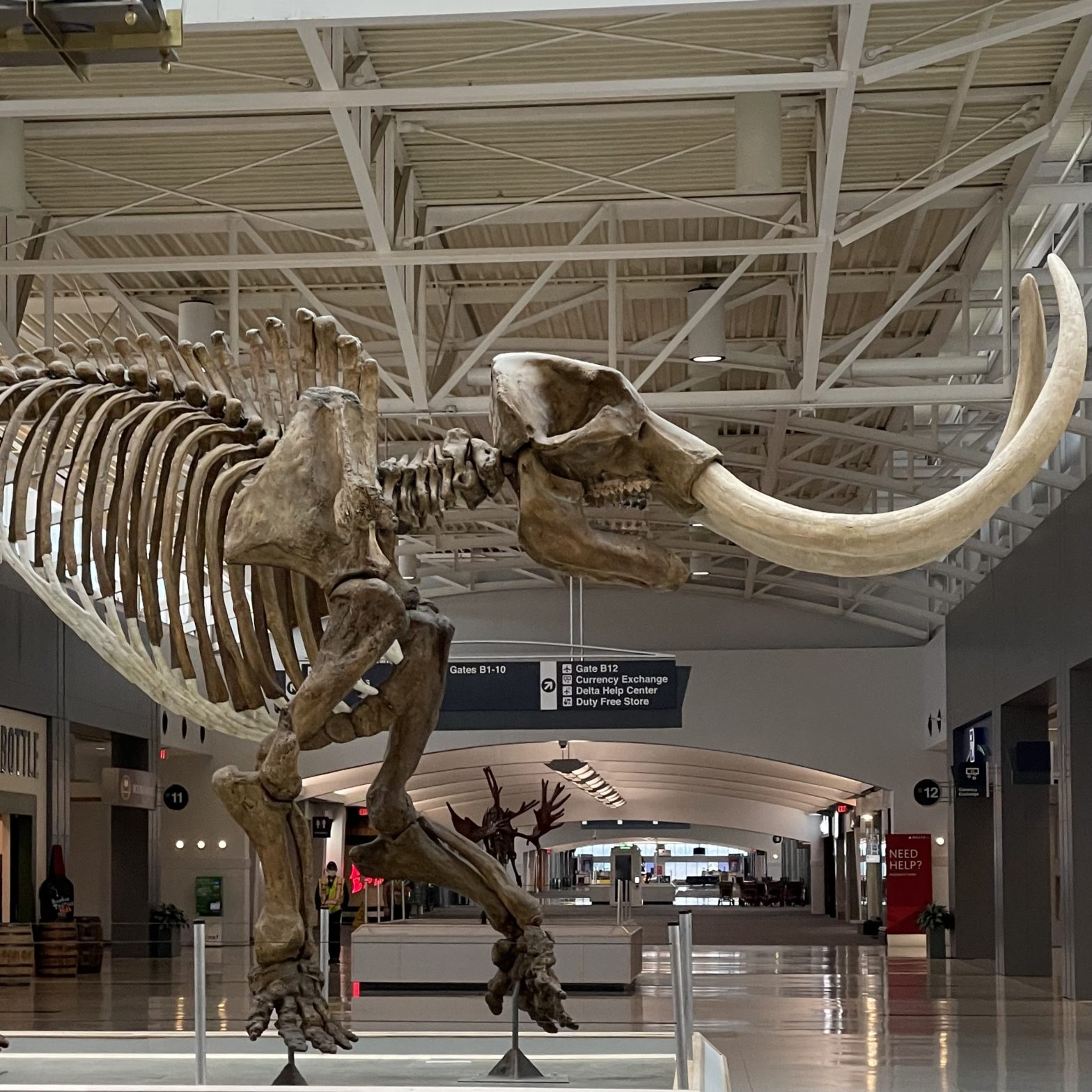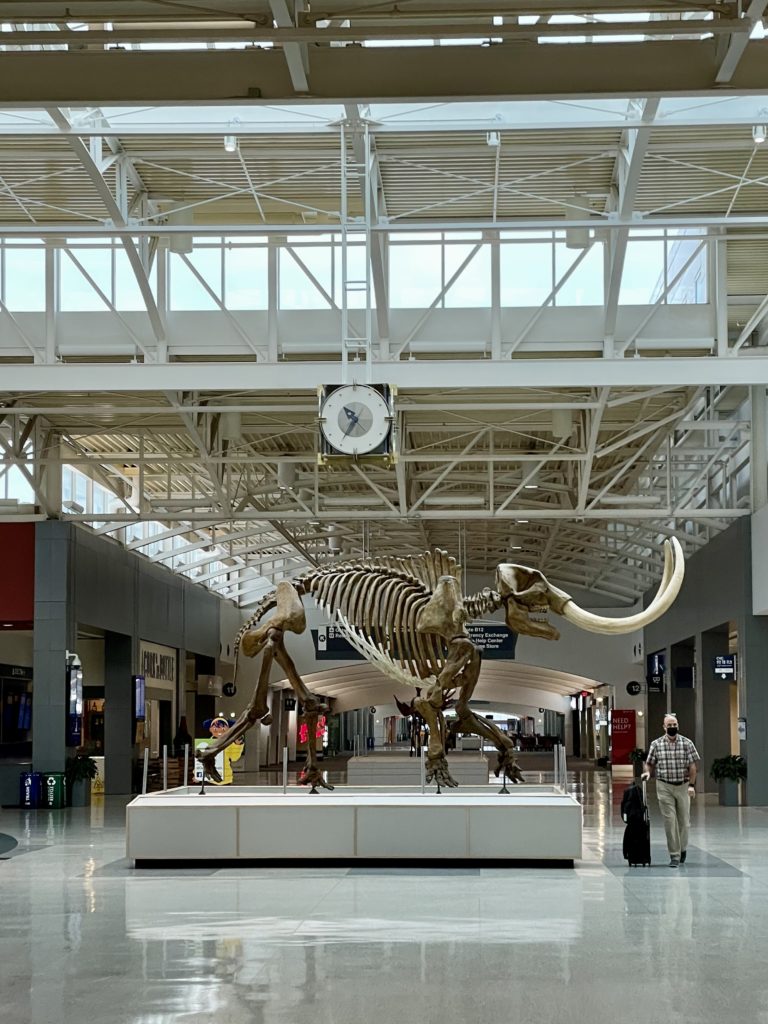Bob Dylan’s Christmas album was released 15 years ago. Only now do I learn there’s a music video for the best song on the album.
The New Scout on the Old Scout Trail Guide
Volkswagen obtained the trademark to the International Scout name a few years ago and, on October 24, the new Scout Motors will officially reveal an all-electric Scout vehicle. In the meantime, they have been leaning into International Harvester Scout history on their website.
Witness their recent post on the 1979 International Scout Four-Wheel-Drive Trail Guide, a thick (224 pages!) combination atlas and collection of essays on 4×4 trails across America, including, based on the photo below, at least one in New Jersey that may no longer be off-road.
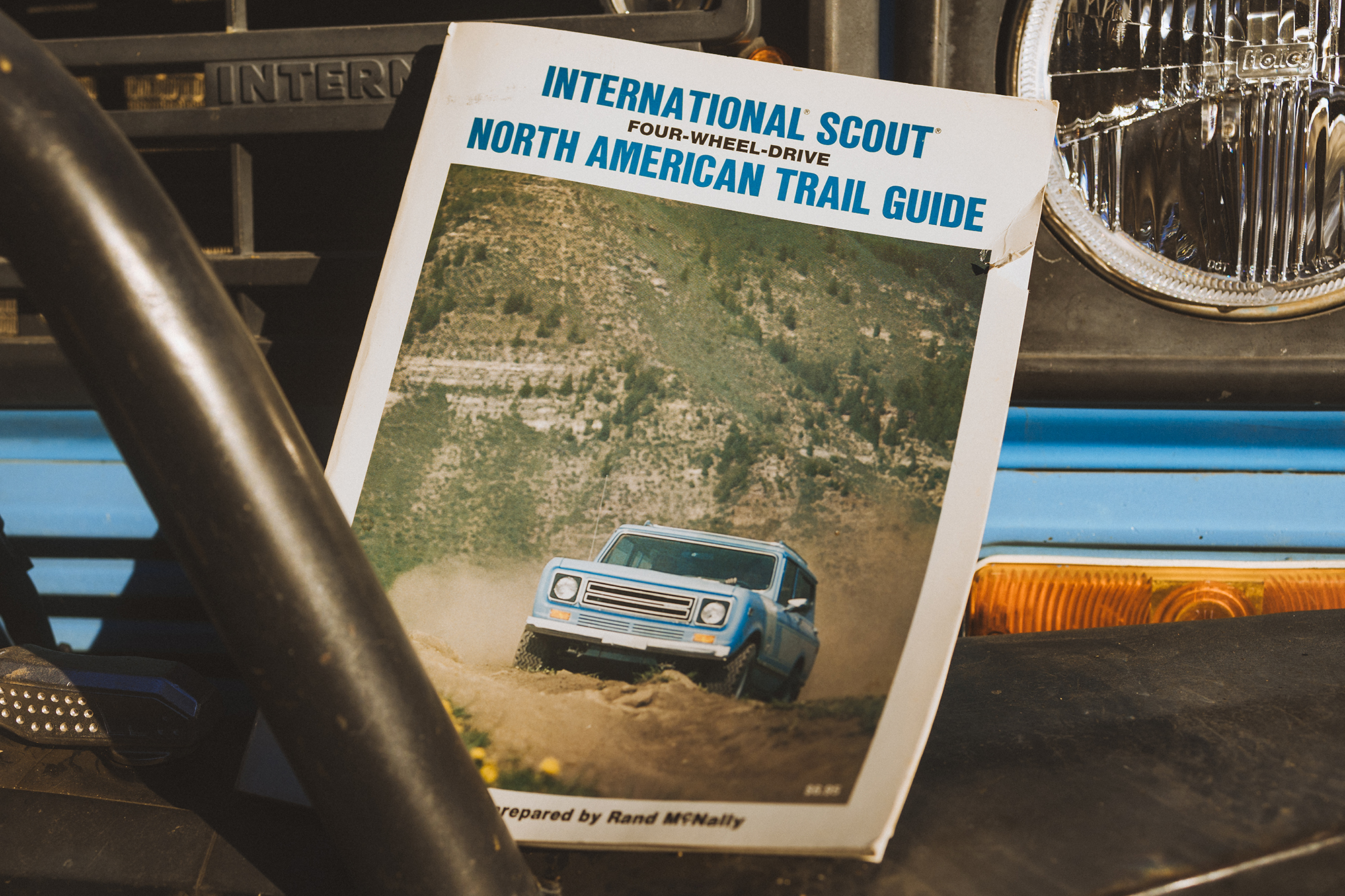
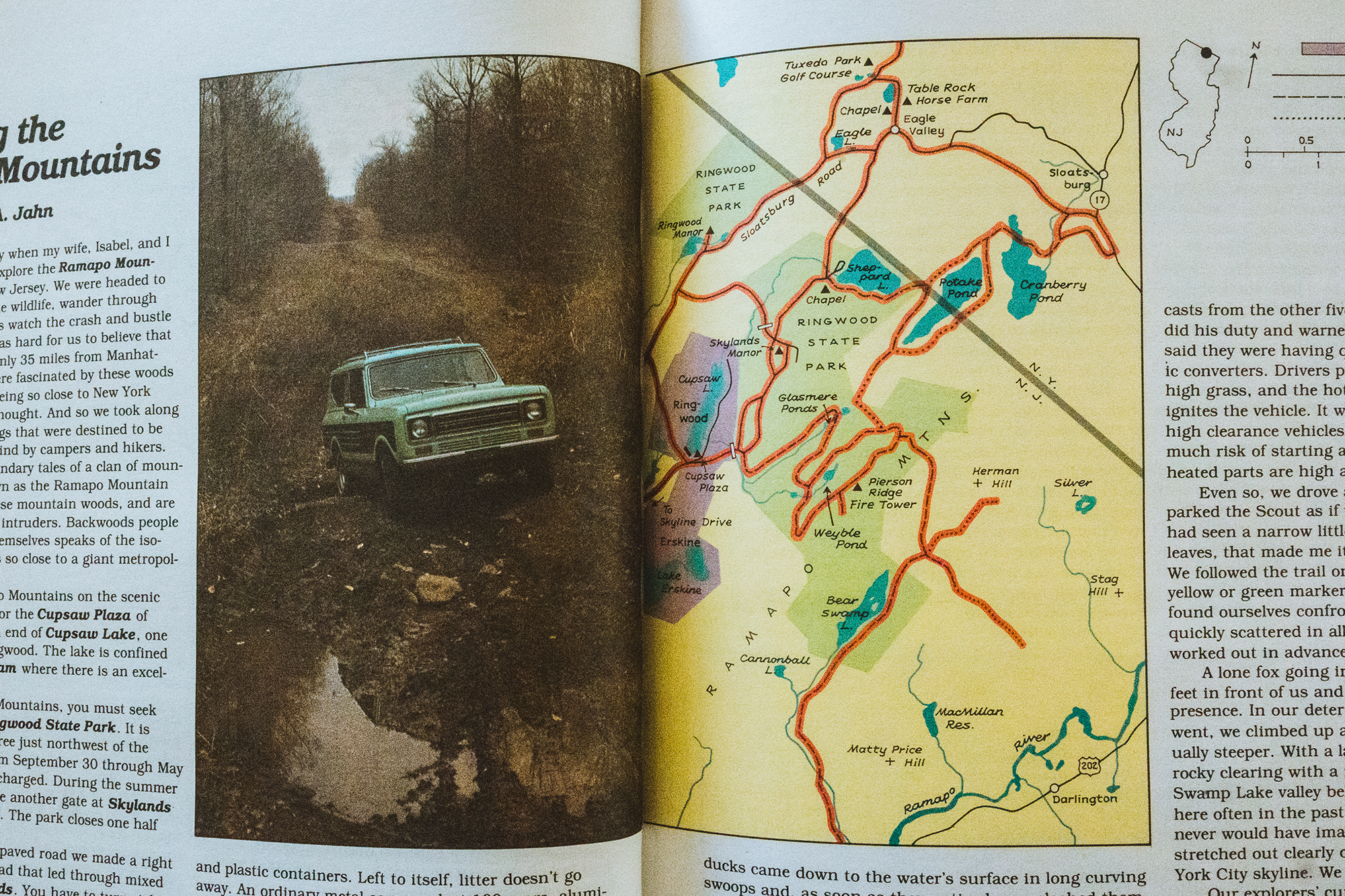
DC Comics’ 1980s Style Guide
Looking for Bog Turtles in Massachusetts
From the Nature Conservancy: The Search for America’s Tiniest Turtles.
Buck Rogers’ Ray Gun – In Ceramic
Ceramic art by Maynard Tischler on display in the Kirkland Museum of Fine & Decorative Art (Denver, Colorado).
The Mercer Museum of Doylestown
This museum in Bucks County, Pennsylvania, is housed in a concrete castle designed by Henry Mercer, an early archaeologist, collector, and ceramicist. Mercer collected historic tools and other artifacts that demonstrated American industry and crafts, including blacksmithing, butchery, hat-making, and many more.
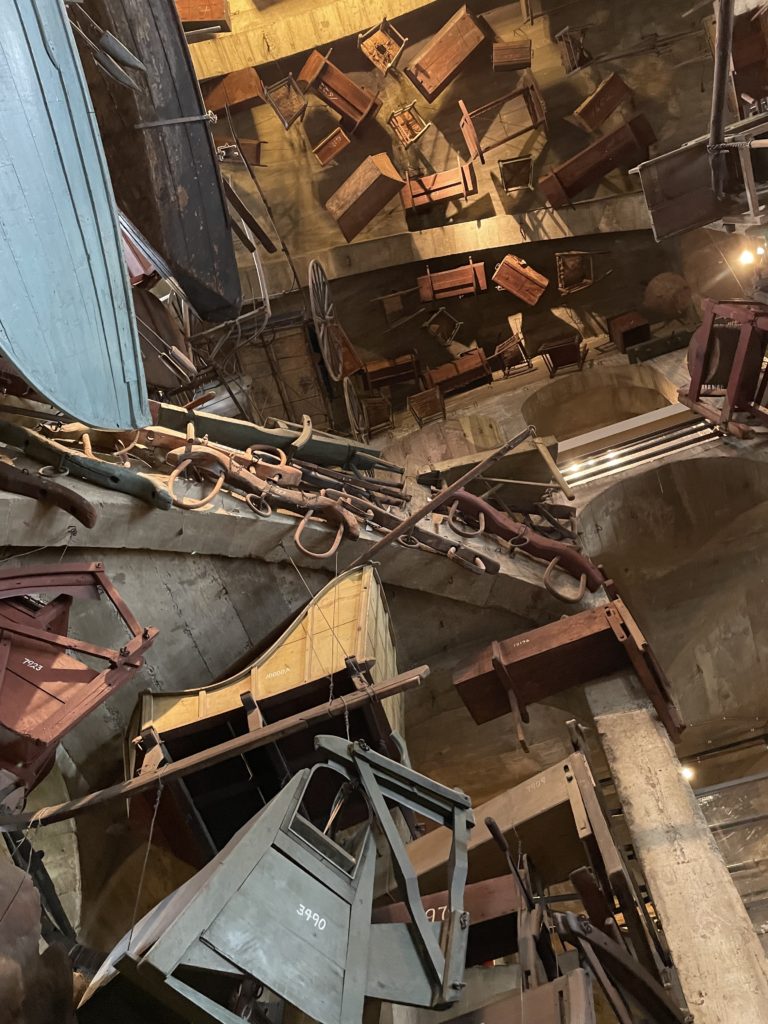


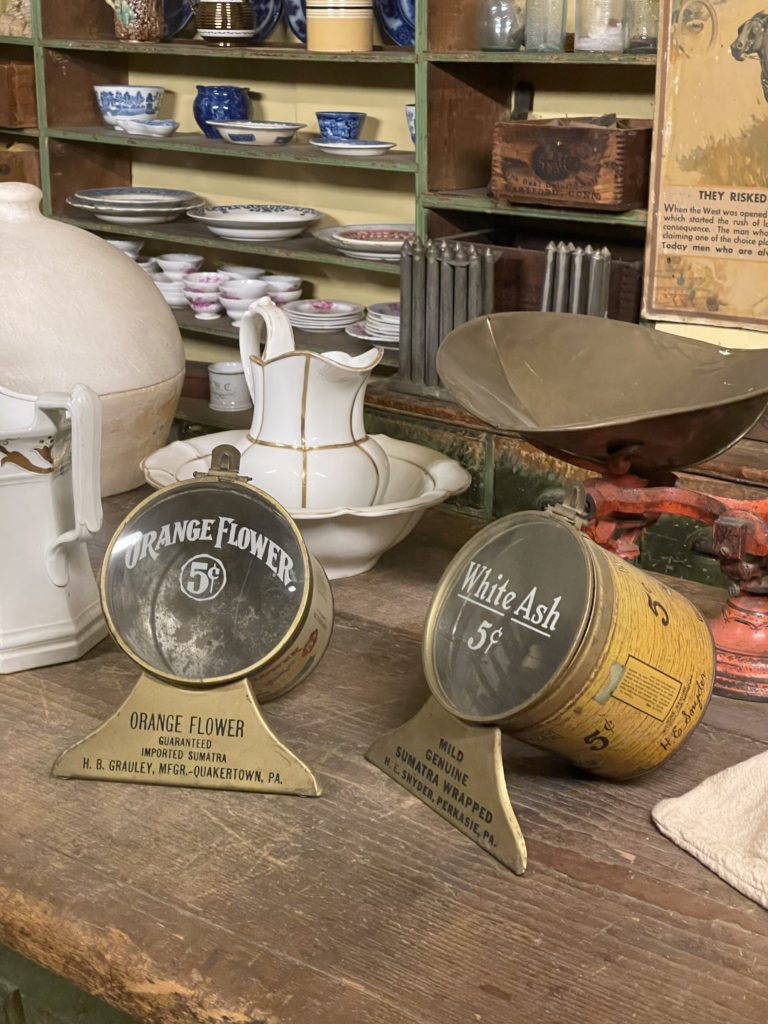
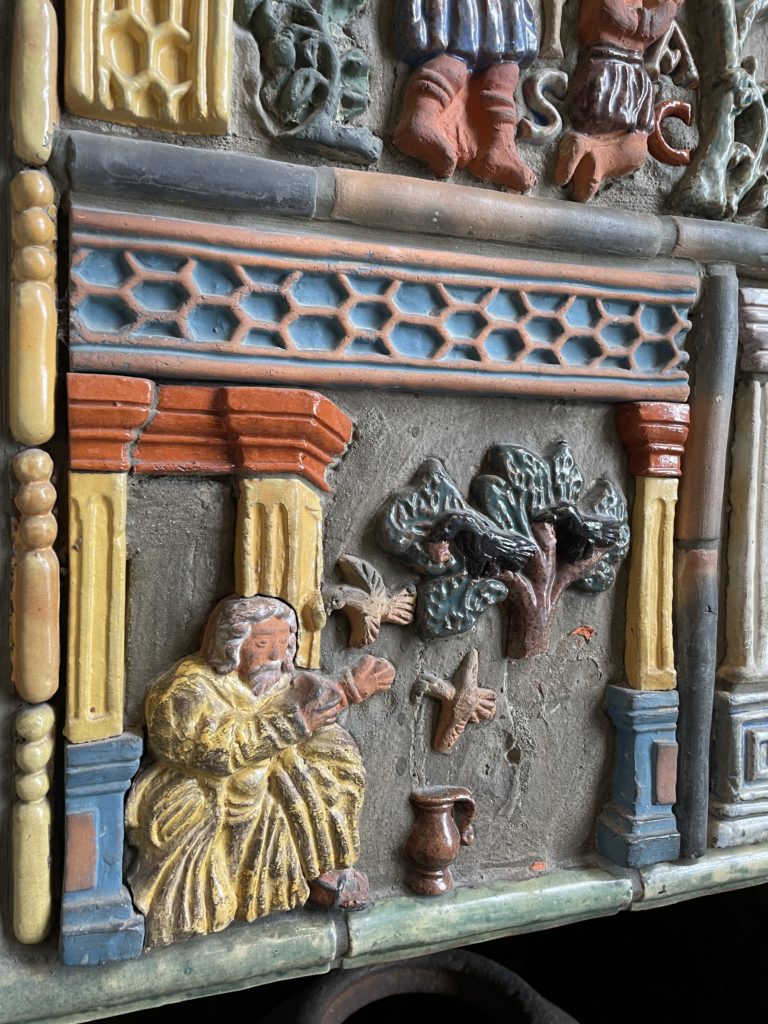
The Wonder That Is Indiglo
The wonder of Timex’s Indiglo Backlight: The Indiglo Button Let There Be Light.
Ruins of the Estellville Glassworks
Not far from Atlantic City, New Jersey, are the remains of the nineteenth-century Estellville Glassworks, which was in operation from about 1826 to 1877. These buildings are unusual among New Jersey glassworks in using local sandstone with brick arches. Visited on a balmy Autumn day.

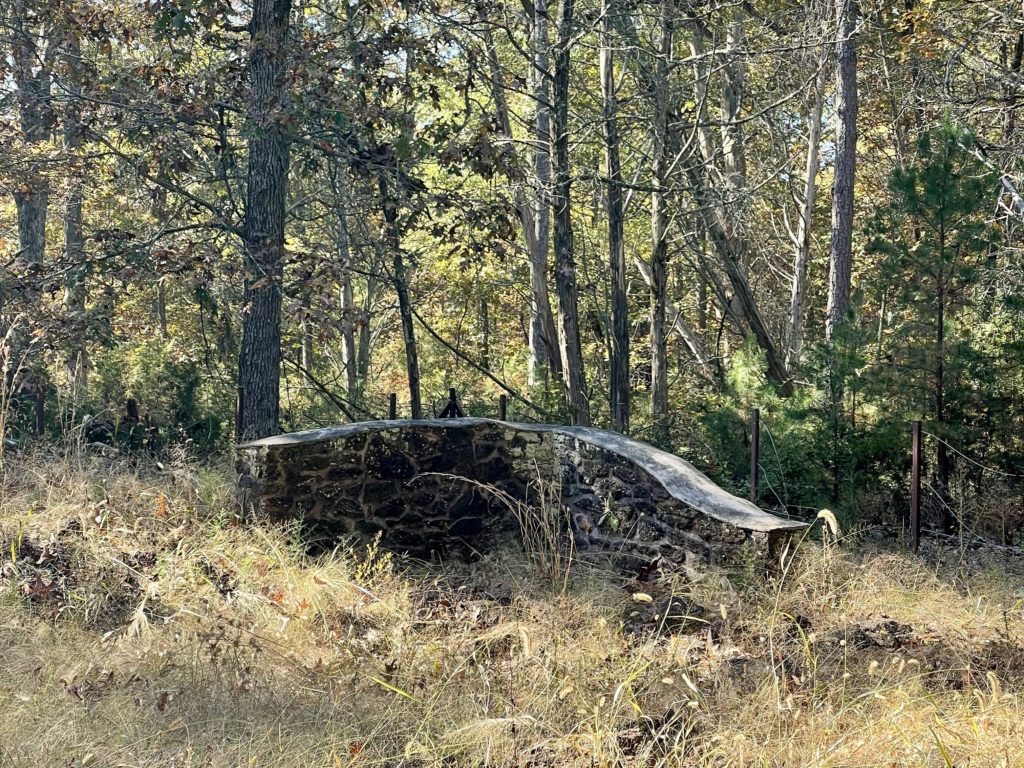
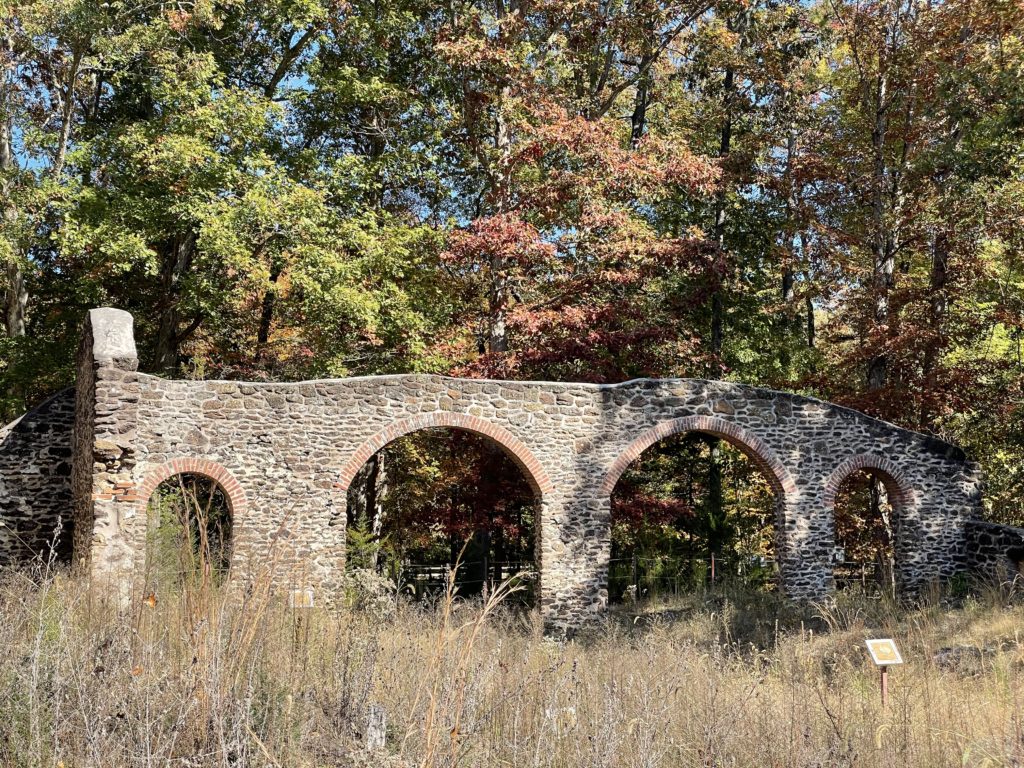
Megafauna at the Cincinnati Airport
High Bridge to Califon: E-Bike
The Columbia Trail runs along the former alignment of the High Bridge Branch of the Central Railroad of New Jersey. The South Branch Raritan River, a popular trout fishing spot, flows alongside it; the trail crosses the river at the bridge in the featured image above. The river valley here is known as Ken Lockwood Gorge and is a New Jersey Wildlife management Area.
